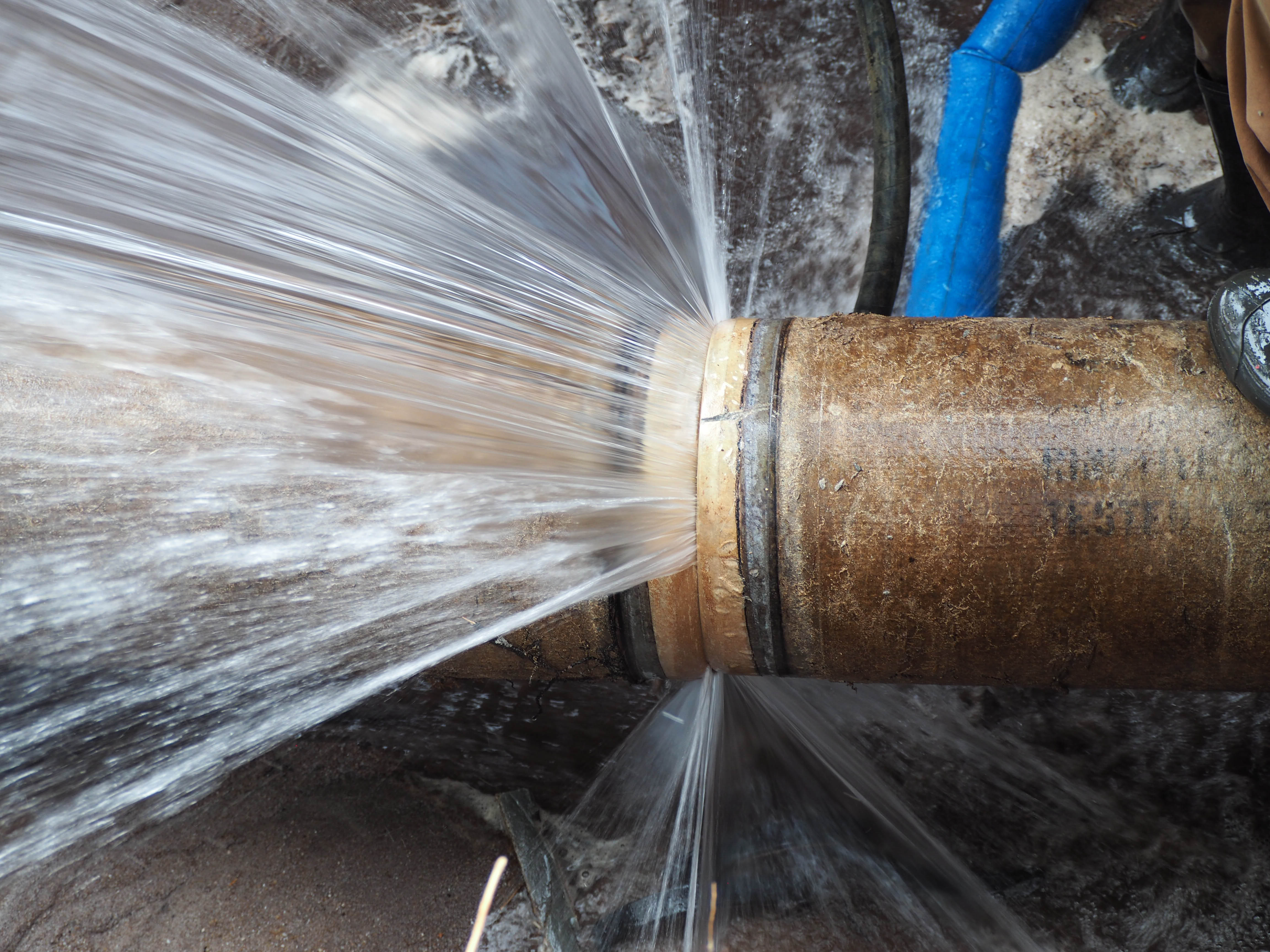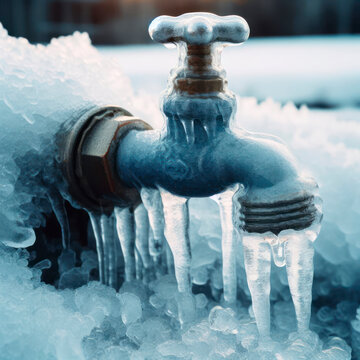Important Tips to Avoid Frozen Pipes in Cold Weather: Expert Insights
Important Tips to Avoid Frozen Pipes in Cold Weather: Expert Insights
Blog Article
We have stumbled on this article pertaining to How to Prevent Your Pipes From Freezing down the page on the web and concluded it made good sense to quickly share it with you over here.

Cold weather can damage your plumbing, specifically by freezing pipelines. Here's just how to avoid it from happening and what to do if it does.
Introduction
As temperatures decline, the threat of frozen pipes boosts, possibly leading to costly repair services and water damage. Comprehending how to avoid frozen pipes is vital for homeowners in chilly climates.
Comprehending Frozen Pipelines
What creates pipelines to ice up?
Pipes ice up when subjected to temperature levels below 32 ° F (0 ° C) for extended periods. As water inside the pipelines ices up, it expands, putting pressure on the pipeline wall surfaces and potentially creating them to break.
Risks and damages
Frozen pipelines can bring about water supply disruptions, home damage, and expensive repairs. Ruptured pipes can flood homes and create substantial architectural damage.
Indicators of Frozen Piping
Recognizing frozen pipelines early can prevent them from breaking.
How to determine icy pipes
Search for lowered water flow from taps, unusual odors or sounds from pipes, and noticeable frost on revealed pipelines.
Avoidance Tips
Protecting susceptible pipes
Cover pipes in insulation sleeves or make use of heat tape to secure them from freezing temperatures. Concentrate on pipelines in unheated or external locations of the home.
Home heating strategies
Maintain indoor areas adequately warmed, particularly locations with plumbing. Open up cabinet doors to permit warm air to circulate around pipes under sinks.
Shielding Outdoor Pipes
Garden hose pipes and outside faucets
Separate and drain pipes yard tubes before winter. Install frost-proof spigots or cover exterior faucets with protected caps.
What to Do If Your Pipelines Freeze
Immediate actions to take
If you think icy pipes, maintain taps available to alleviate stress as the ice thaws. Make use of a hairdryer or towels taken in hot water to thaw pipes gradually.
Long-Term Solutions
Architectural modifications
Think about rerouting pipelines far from outside wall surfaces or unheated locations. Add additional insulation to attic rooms, cellars, and crawl spaces.
Upgrading insulation
Buy high-grade insulation for pipes, attic rooms, and wall surfaces. Proper insulation helps preserve constant temperature levels and lowers the threat of icy pipes.
Final thought
Preventing frozen pipelines calls for aggressive actions and fast feedbacks. By understanding the reasons, signs, and safety nets, property owners can secure their pipes during cold weather.
5 Ways to Prevent Frozen Pipes
Drain Outdoor Faucets and Disconnect Hoses
First, close the shut-off valve that controls the flow of water in the pipe to your outdoor faucet. Then, head outside to disconnect and drain your hose and open the outdoor faucet to allow the water to completely drain out of the line. Turn off the faucet when done. Finally, head back to the shut-off valve and drain the remaining water inside the pipe into a bucket or container. Additionally, if you have a home irrigation system, you should consider hiring an expert to clear the system of water each year.
Insulate Pipes
One of the best and most cost-effective methods for preventing frozen water pipes is to wrap your pipes with insulation. This is especially important for areas in your home that aren’t exposed to heat, such as an attic. We suggest using foam sleeves, which can typically be found at your local hardware store.
Keep Heat Running at 65
Your pipes are located inside your walls, and the temperature there is much colder than the rest of the house. To prevent your pipes from freezing, The Insurance Information Institute suggests that you keep your home heated to at least 65 degrees, even when traveling. You may want to invest in smart devices that can keep an eye on the temperature in your home while you’re away.
Leave Water Dripping
Moving water — even a small trickle — can prevent ice from forming inside your pipes. When freezing temps are imminent, start a drip of water from all faucets that serve exposed pipes. Leaving a few faucets running will also help relieve pressure inside the pipes and help prevent a rupture if the water inside freezes.
Open Cupboard Doors
Warm your kitchen and bathroom pipes by opening cupboards and vanities. You should also leave your interior doors ajar to help warm air circulate evenly throughout your home.

Do you appreciate more info about How To Avoid Freezing Pipes? Create a remark below. We would be delighted to see your reactions about this blog entry. Hoping to see you back again later on. Are you aware of someone else who is involved in Preventing and dealing with frozen pipes? Be sure share it. We recognize the value of reading our article about Helpful Tips to Prevent Frozen Pipes this Winter.
Schedule Services Report this page